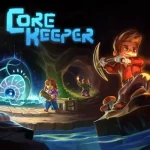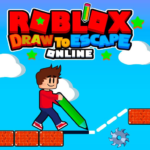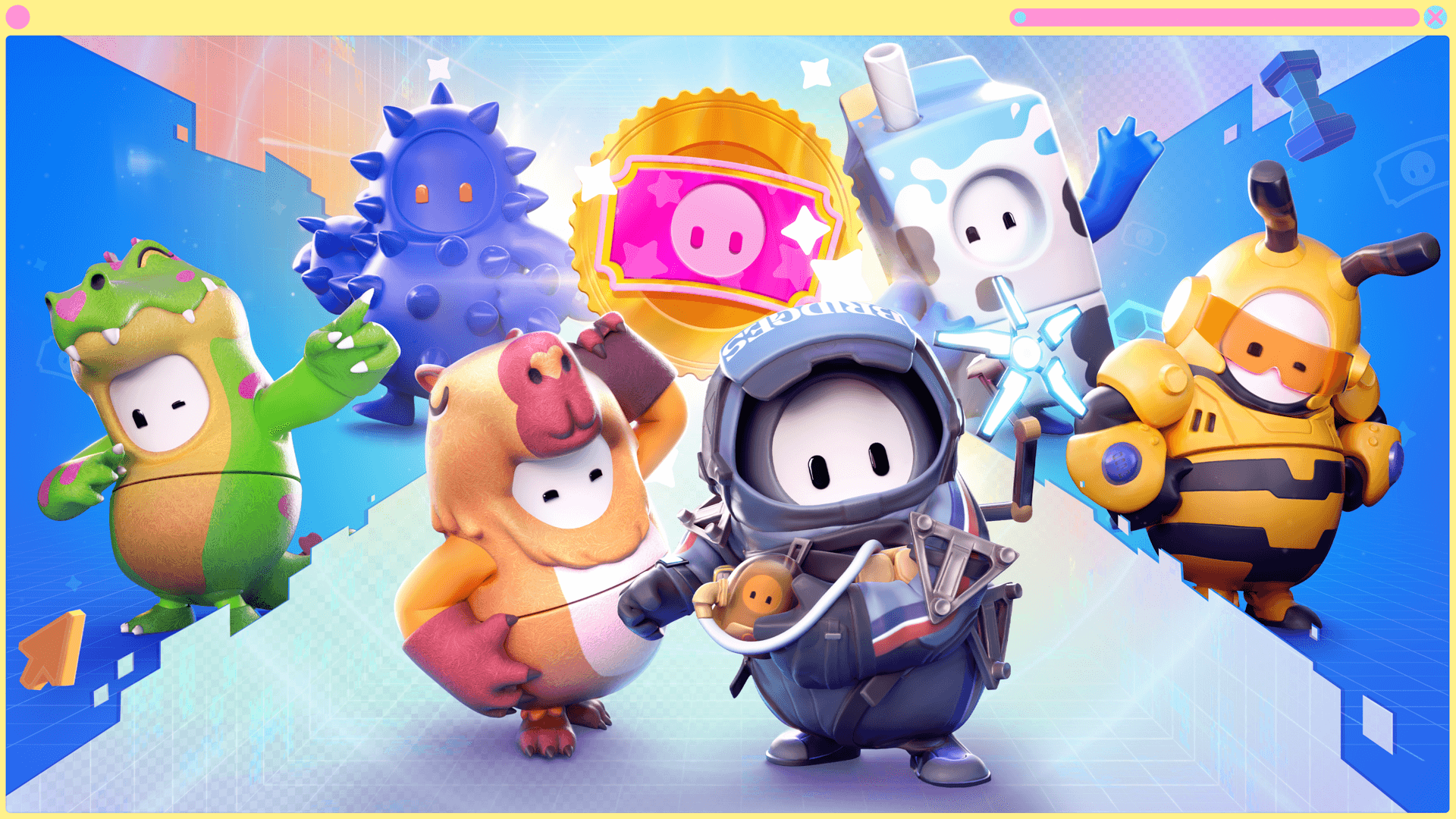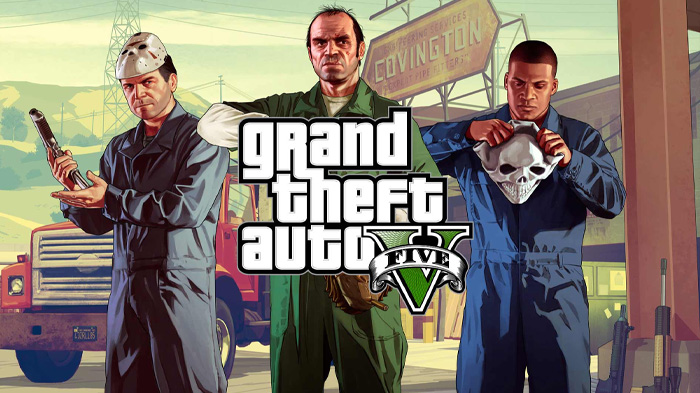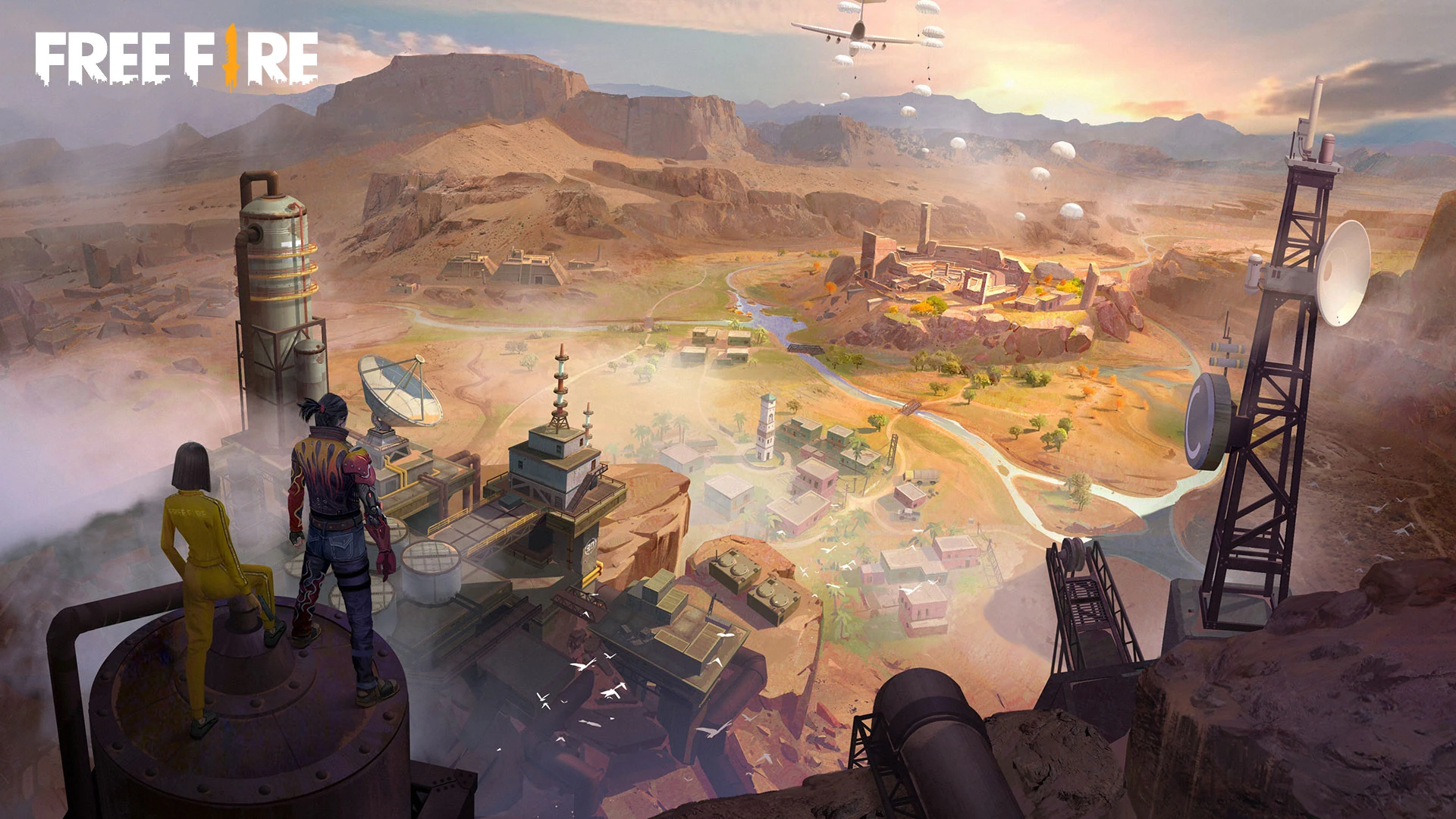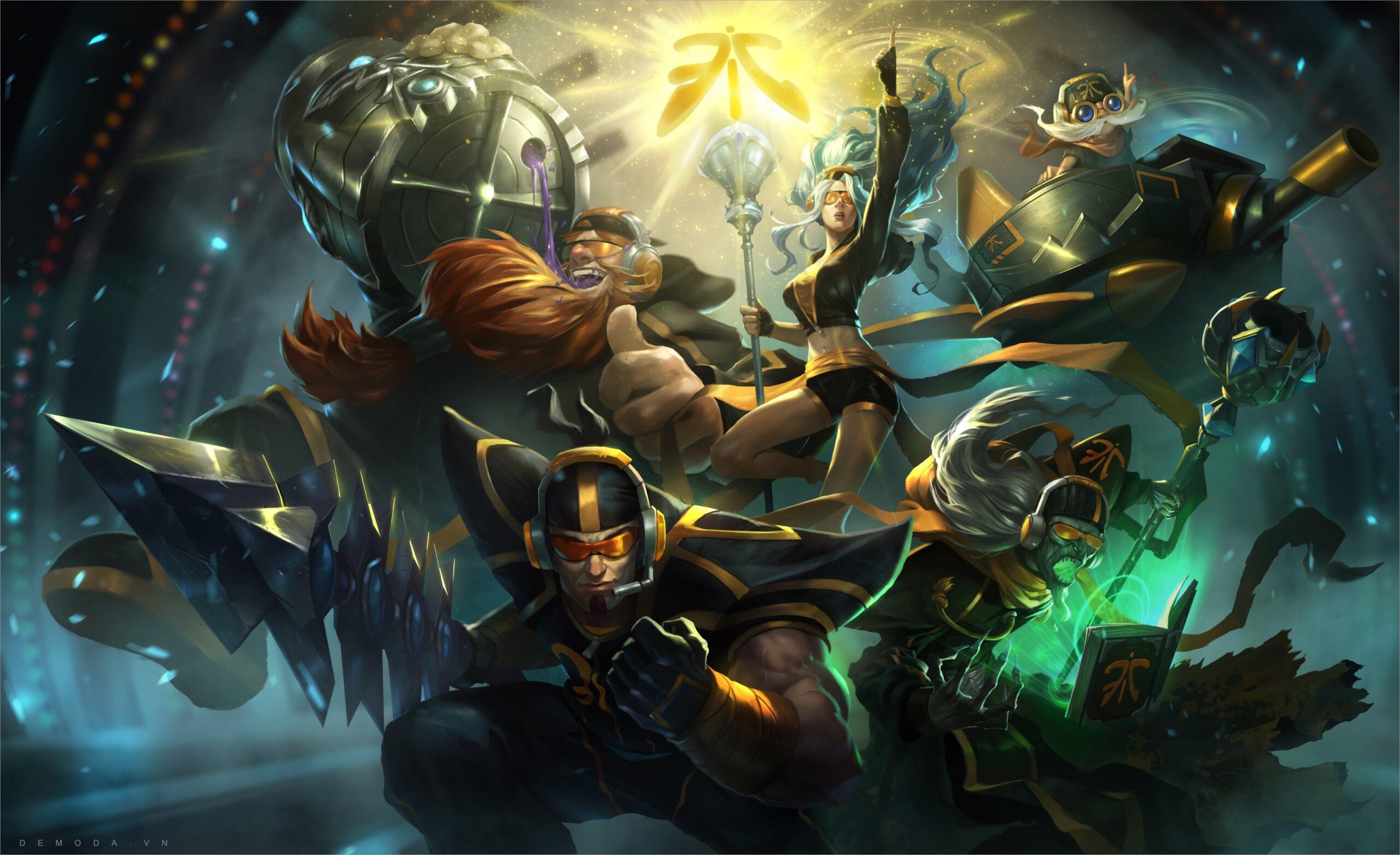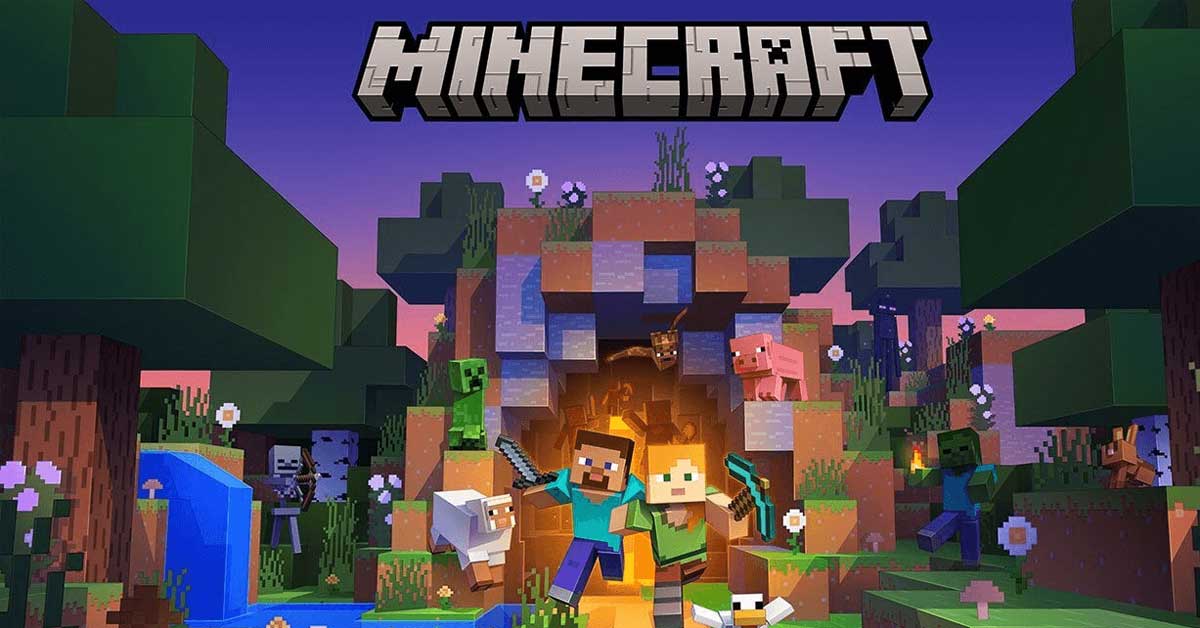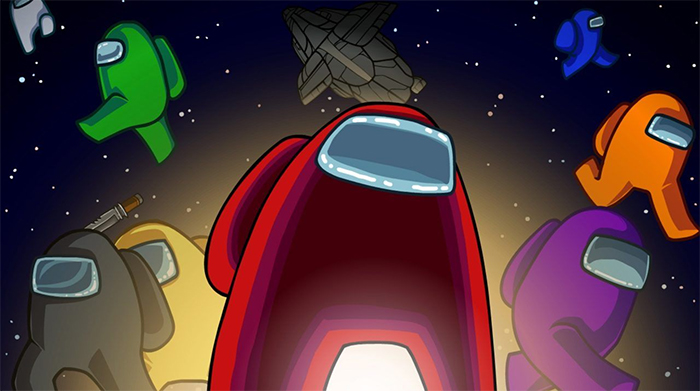1. The Birth of Valorant: From Concept to Launch
Valorant was officially announced in 2019 and launched in June 2020. Riot Games aimed to create a game that combined the tactical depth of classics like Counter-Strike with the hero-based abilities seen in games such as Overwatch.
The beta generated massive interest due to its polished gameplay, clear mechanics, and Riot’s reputation for supporting competitive esports.
2. Core Gameplay: Tactical Precision Meets Hero Abilities
Valorant is a 5v5 round-based shooter where one team attacks and the other defends bomb sites, known as Spike planting/defusing scenarios. Each round’s objective is to either eliminate the enemy team or complete the Spike mission.
What sets Valorant apart is the integration of Agents—characters with unique abilities that complement gunplay but don’t overpower it. Success depends heavily on teamwork, communication, and mechanical skill.
3. Agents and Abilities
Each Agent in Valorant has a distinct set of abilities, including one ultimate ability per match. These abilities can be used strategically for:
-
Area control: Smokes, walls, and traps to block vision or control movement.
-
Reconnaissance: Scanning or revealing enemy positions.
-
Healing or shielding: Providing support to teammates.
-
Damage dealing: Flashbangs, grenades, or other offensive tools.
Examples include Sage’s healing and resurrection, Jett’s agility and mobility, and Sova’s scouting arrows.
4. Competitive Structure and Ranking System
Valorant features a competitive mode with a ranked ladder ranging from Iron (lowest) to Radiant (highest). Players gain or lose rank points based on match performance.
Riot Games’ anti-cheat system, Vanguard, ensures fair play by aggressively detecting hacks and exploits, contributing to a competitive and skill-based environment.
5. Map Design and Strategic Depth
Valorant’s maps are meticulously designed to promote strategic play and balance. Each map features multiple bomb sites, choke points, and verticality that encourage tactical positioning and diverse strategies.
Popular maps include:
-
Bind: Known for its teleporters allowing quick rotations.
-
Haven: Unique for having three bomb sites instead of two.
-
Split: Features vertical gameplay with ropes and high ground.
Maps are regularly updated and new ones introduced to maintain freshness.
6. Visuals, Sound, and User Interface
Valorant uses a clean, minimalistic art style that emphasizes clarity and readability, avoiding distractions during intense gameplay. This design choice enhances competitive performance.
Sound design is crucial; footsteps, ability cues, and gunfire sounds provide vital information to players, reinforcing the game’s tactical nature.
7. Community and Esports Impact
Valorant quickly established itself as an esports contender with official tournaments like the Valorant Champions Tour (VCT). Regional leagues and global events draw millions of viewers.
The game’s spectator tools and clear visual cues make it viewer-friendly, helping grow its competitive scene rapidly.
8. The Future of Valorant
Riot Games continues to invest heavily in Valorant with plans for new Agents, maps, and gameplay modes. Their commitment to balancing and community engagement promises longevity.
As Valorant matures, it’s positioned to remain a cornerstone of competitive FPS gaming, appealing to both casual players and esports professionals alike.
Conclusion: Valorant’s Place in Competitive Gaming
Valorant successfully merges precision gunplay with hero-based tactics, carving out its niche in a crowded FPS market. Its focus on strategy, teamwork, and fair competition has earned it a passionate player base and a rapidly growing esports scene.
For fans of tactical shooters looking for fresh gameplay innovation, Valorant offers a thrilling and challenging experience that continues to evolve.






